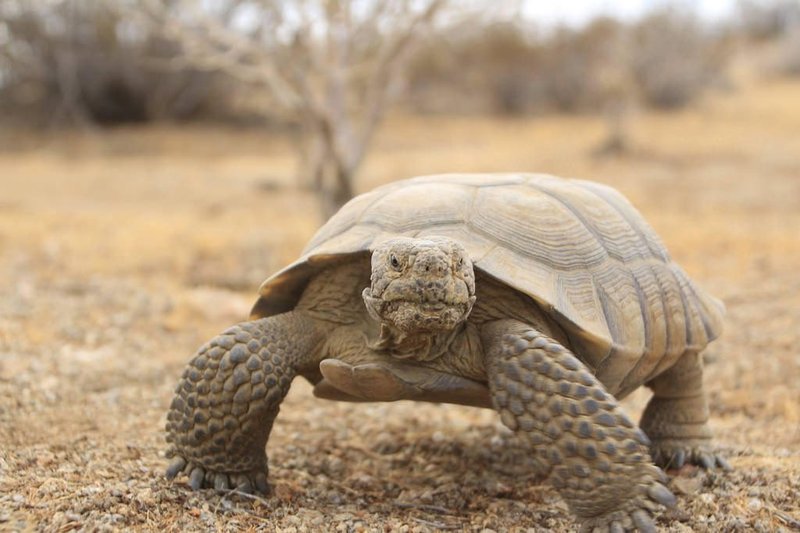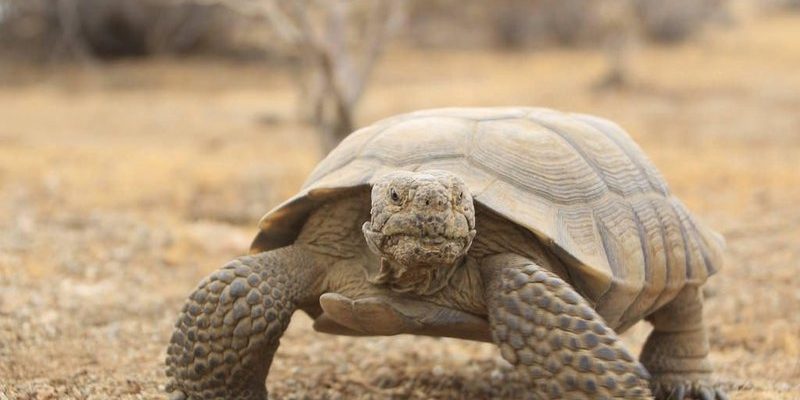
Imagine for a moment that a tortoise is like a tiny tank, built for long-term survival. Just like a tank is designed to withstand tough conditions, tortoises have developed fascinating traits that help them endure in nature. In this article, we’ll explore the amazing adaptations that make these creatures true survivors and how these features help them navigate their often harsh worlds.
1. Protective Shell: Nature’s Armor
The most recognizable feature of a tortoise is undoubtedly its shell. This hard outer covering isn’t just for show; it’s a vital survival tool. Made of bone and cartilage, the shell provides an effective defense against predators. When threatened, a tortoise can retract its head and legs into the hard shell, creating a near-impenetrable fortress.
You might be wondering how this shell impacts their survival. Well, the shell allows tortoises to live in environments where many other animals would not survive. For example, in arid regions, their shells can help minimize water loss by providing insulation. The species known as the Galápagos tortoise can weigh over 500 pounds, making it quite a challenge for predators to tackle!
2. Slow Metabolism: Energy Savers
Tortoises are known for their slow and steady lifestyle, and this isn’t just a cute personality trait—it’s a survival tactic. They have a very slow metabolism, which means they burn energy at a much slower rate compared to many other animals. This slow metabolism allows tortoises to survive in environments where food is scarce.
Here’s the deal: when food is hard to find, a slow metabolism helps them use what little energy they have more efficiently. For instance, some species can go for months without eating, living off their body’s stored fat. This ability to endure long periods of fasting is vital for survival, especially in harsh climates where every meal counts.
3. Long Lifespan: Time on Their Side
Tortoises are some of the longest-lived animals on Earth, with lifespans often exceeding 100 years. This longevity is another adaptation that contributes to their survival. A longer life allows them to reproduce multiple times, increasing their chances of passing on their genes to the next generation.
Think about it: in the wild, where dangers abound, the ability to live for decades means these creatures have more opportunities to find mates and raise young. For example, the Aldabra giant tortoise can live for over 150 years in the right conditions, giving it plenty of time to adapt to changing environments over its lifetime.
4. Unique Feeding Habits: Adaptability in Diet
Not all tortoises are created equal when it comes to diet. Depending on their environment, some tortoises are herbivores, while others might eat a mix of plants and small insects. This adaptability in feeding habits is crucial for survival. When food options change due to seasons or habitat alterations, these tortoises can switch their diets accordingly.
For instance, the desert tortoise primarily feeds on the grasses and flowers that bloom during the brief rainy season in its habitat. By adjusting their diet to what’s available, tortoises can thrive in ecosystems where many other animals might struggle. This flexibility shows just how resourceful they can be!
5. Strong Sense of Direction: Navigation Skills
Tortoises might seem slow, but they have impressive navigation skills that help them find food, mates, and suitable habitats. Many species have a strong homing instinct, which allows them to return to familiar areas. This skill is essential, especially when nesting.
You might be curious about how they manage this. Some researchers believe that tortoises use landmarks, the position of the sun, and even Earth’s magnetic field to navigate. Imagine a tortoise that knows exactly where to go when it’s time to lay eggs, ensuring the next generation has the best chance of survival!
6. Behavior and Social Interactions: Community Survival
While tortoises are often loners, they can benefit from social interactions, especially when it comes to breeding and raising young. Some species will gather in groups in areas with abundant food or water sources. Living in groups can also provide additional safety in numbers.
You might see tortoises engaging in playful behavior, especially young ones. They’ll often push and shove each other, which might look like simple play but is actually a way for them to build strength and socialize. This is crucial as they navigate their social structures, with the knowledge that cooperation can sometimes be an aspect of survival.
7. Resilience to Climate Change: Adaptability to Change
In our rapidly changing world, some tortoise species have displayed surprising resilience to climate changes. They can be found in various environments, from tropical regions to arid deserts, adapting their behaviors and diets as needed.
While many species face serious threats due to habitat loss, tortoises have shown that they can survive in less-than-ideal conditions. For example, some species in urban areas find new food sources among gardens and landscaping. Their ability to adapt to new environments is a testament to their resilience as survivors.
8. Conservation Efforts: Protecting the Survivors
Despite their incredible adaptations, many tortoise species are under threat from habitat destruction, poaching, and climate change. Conservation efforts are essential to ensure these fascinating creatures continue to thrive. Organizations worldwide are working to protect their habitats and educate the public about the importance of tortoises in the ecosystem.
Here’s the thing: when we protect tortoises, we also protect the ecosystems they inhabit, which can have a ripple effect on other species. Support for conservation ensures that future generations can admire these ancient survivors, keeping the delicate balance of nature intact.
In conclusion, tortoises are far from ordinary; their adaptations make them a remarkable example of survival in the wild. From their protective shells to their unique feeding habits, every feature contributes to their endurance. As we continue to learn about these incredible creatures, let’s remember how we can support their survival and the ecosystems they call home. After all, the world is a better place with tortoises in it!

